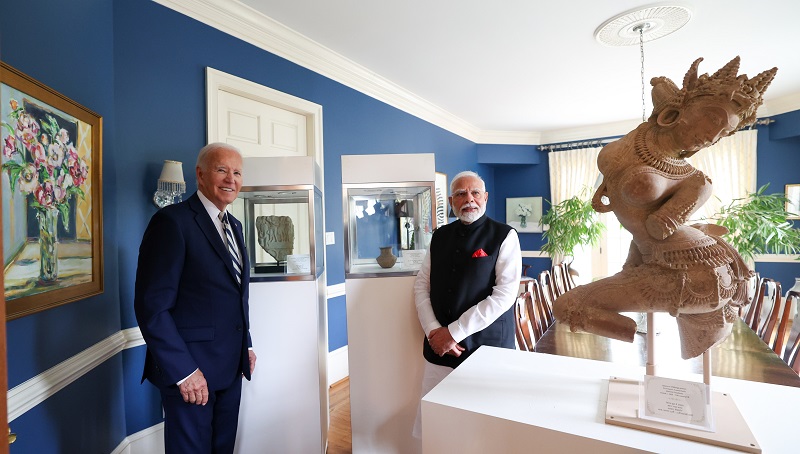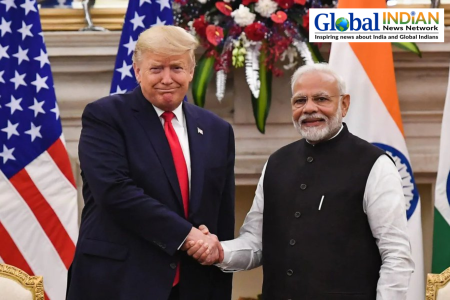
During Prime Minister Narendra Modi’s ongoing visit to the United States, the US government returned 297 antiquities that had been smuggled out of India. An official statement from the Prime Minister’s Office announced that this return is part of efforts to combat the illicit trafficking of cultural properties.
PM Modi shared the news on social media platform X, expressing his gratitude to President Joe Biden and the US government for facilitating the return of these invaluable artifacts. He emphasized that these items are not just historical artifacts but essential representations of India’s civilization and consciousness.
The antiquities date back nearly 4,000 years, ranging from 2000 BCE to 1900 CE, and originate from various regions across India. Most of these artifacts are terracotta items from Eastern India, while others are made of stone, metal, wood, and ivory, showcasing the diverse cultural heritage of the country.
Since 2016, the US has played a significant role in returning trafficked or stolen antiquities to India. Notable returns in the past included 10 artifacts during Modi’s 2016 visit, 157 in September 2021, and 105 more last June, totaling 578 repatriated cultural artifacts from the US to India.
In July 2024, India and the US signed their first ‘Cultural Property Agreement’ during the 46th World Heritage Committee meeting in New Delhi, aimed at preventing the illicit trafficking of antiquities.
Some notable antiquities returned include:
-Apsara in sandstone from Central India (10-11th century CE)
-Terracotta vase from Eastern India (3-4th century CE)
-Stone sculpture from South India (1st century BCE-1st century CE)
-Lord Ganesh in bronze from South India (17-18th century CE)
-Standing Lord Buddha in sandstone from North India (15-16th century CE)
-Lord Krishna in bronze from South India (17-18th century CE)
-Lord Karthikeya in granite from South India (13-14th century CE)
-Copper anthropomorphic figure originating from North India (2000-1800 BCE)
-Bronze statue of Lord Vishnu from Eastern India (17th-18th century CE)
-Bronze depiction of a Jain Tirthankar from Central India (15th-16th century CE)













